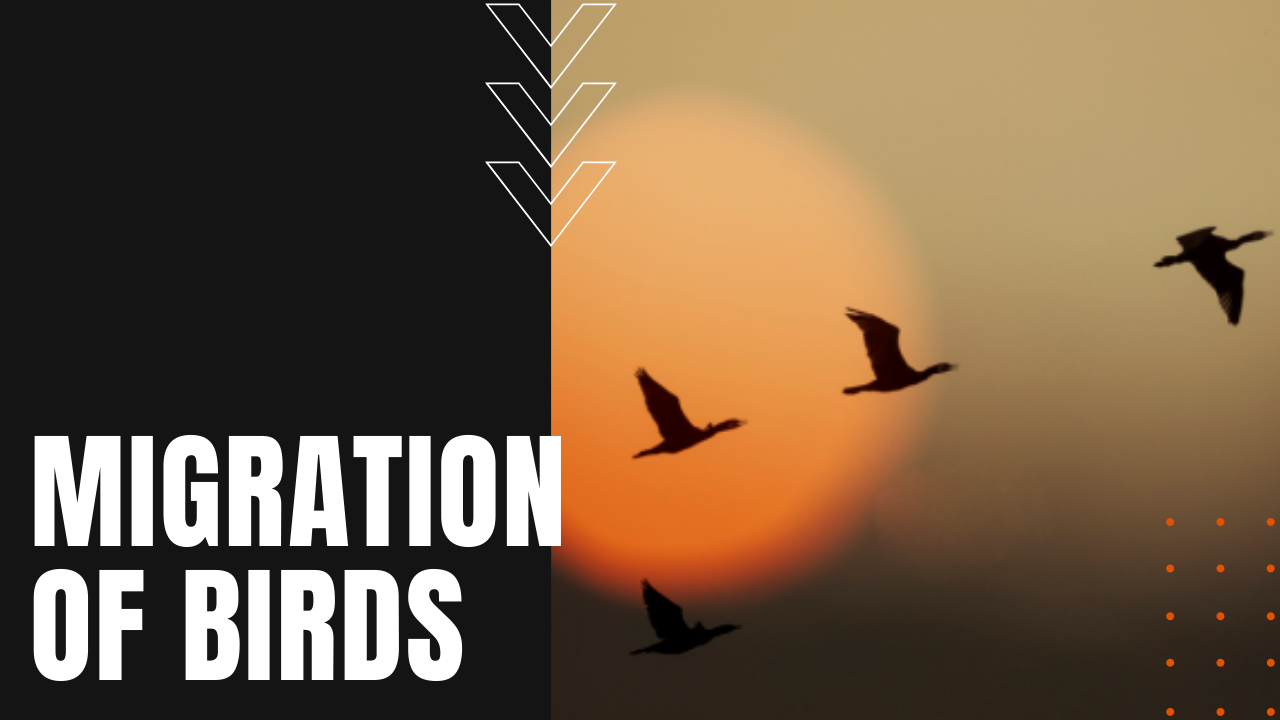Migration of Birds

While some birds stay in one place during all four seasons, scientists have grouped other birds into short, medium and long-distant migrators, while some 70 species of shorebirds are considered super migrators, who make annual journeys from the top of the world to the bottom, including the 16,000-mile annual migration of Hudsonian godwits, and the astounding 25,000-mile roundtrip flights of the Arctic tern.
Birds That Fly Nonstop
What’s even more impressive is that many of these long-distance migrants fly legs up to 6,000-miles long without eating, drinking or stopping, at the same time navigating such challenging obstacles as rain, wind, low-pressure systems and long-distance navigation.
From his teaching post at the University of Western Ontario, Christopher Guglielmo, a specialist in endurance physiology, explains that birds have evolved fat storage and use metabolisms that allow them to turn fat into carbon dioxide and metabolic water, which acts as a canteen of sorts during long flights, providing them with blood sugar levels in the Type Two diabetes range, without any diabetic side effects or consequences.
Muscle Prep for Bird Migration
Studies have also revealed that many long-distance migrators double and triple the size of their pectoral muscles, heart and lungs in advance of migration, which in turn shrinks their gizzards, livers, guts and kidneys to compensate for the added muscle.
Still, others grow additional neurons to supplement their hippocampus, which further helps them navigate great distances with GPS-like accuracy. At the same time, their highly-efficient respiratory systems help them fly at altitudes where oxygen levels are half that of sea level.
How Fast Do Migratory Birds Fly?
Flying at speeds from 29 to 50 miles an hour, birds possess a sophisticated capacity for what lies ahead, navigating by stars, landforms and smells, while magnetic crystals in their cells or in their beaks gently guides them on course using earth’s magnetism.
To further mystify the capacity of migratory birds, many possess tiny sensors in their upper bills—known as Herbst corpuscles—which give them tactile echolocation abilities, much like bats that can fly in total darkness.
Do Birds Sleep While Flying?
Migratory birds take hundreds of power naps while in flight, while other studies suggest they possess unihemispheric slow-wave sleep capabilities, which allows one hemisphere of their brain to deal with wakeful navigation, flight and sight, while the other hemisphere remains in deep sleep, making long-distant migratory birds, some of the greatest super athletes the world has ever know.
